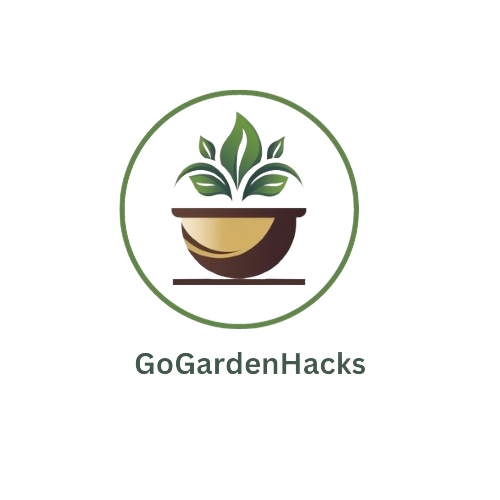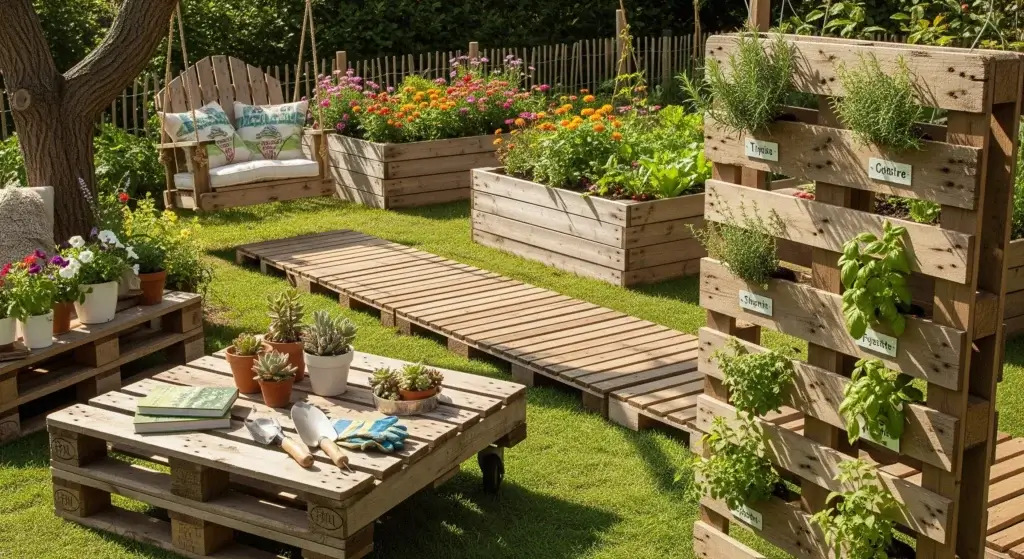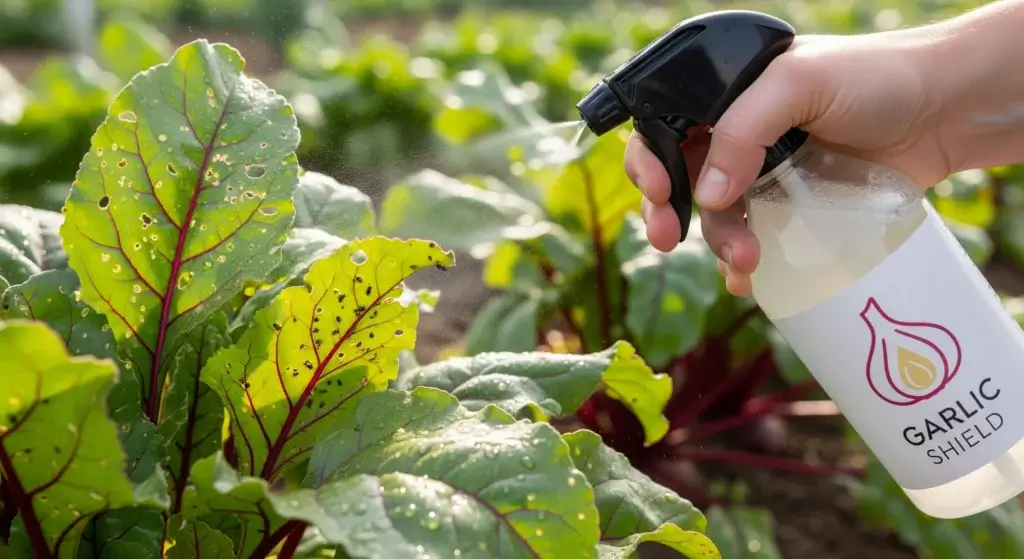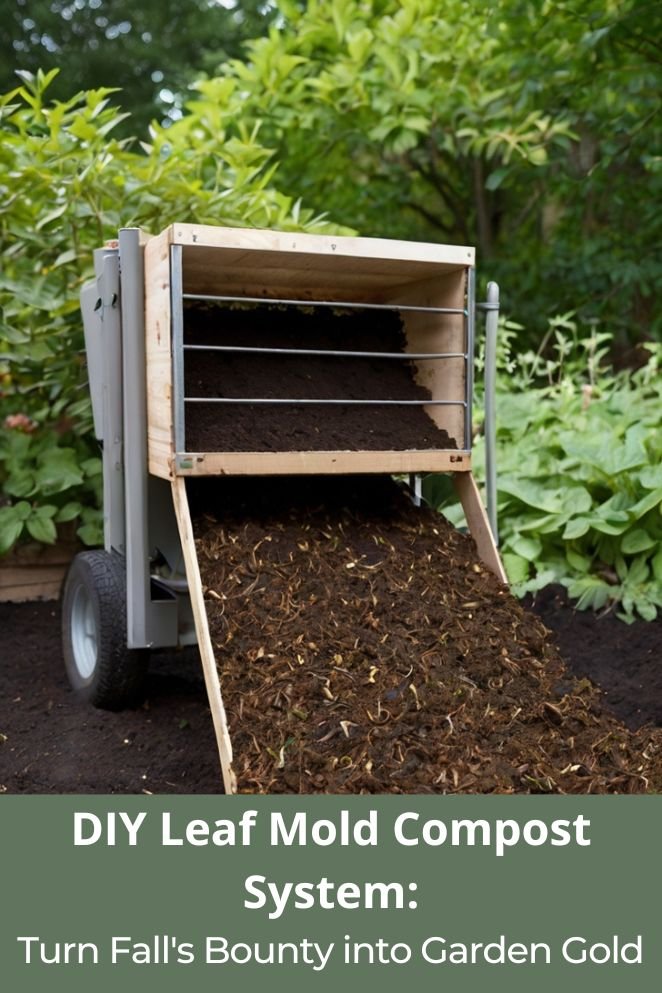
Every fall, tons of leaves hit the ground—and most people just bag them up. But here’s the thing: those leaves are gold for your garden.
If you pile them up and let them break down (kind of like nature’s version of slow cooking), you’ll get leaf mold—basically forest-floor magic.
It’s free, easy to make, and way better than store-bought soil boosters.
Instead of tossing your leaves, turn them into something your plants will love.
Understanding Leaf Mold: Nature’s Perfect Soil Amendment
Leaf mold isn’t your average compost.
While compost mixes green stuff (like kitchen scraps) and brown stuff (like dry leaves) to make fertilizer, leaf mold plays a solo game—it’s made only from fallen leaves breaking down over time.
The result? A powerful soil booster, not a plant food.
Here’s why it matters:
Leaf mold doesn’t feed plants directly like fertilizer. Instead, it feeds the soil.
Think of it like giving the soil a personal trainer—suddenly, it holds more water (up to 50% more!), breathes better, and becomes a chill hangout for helpful microbes.
That means less watering, better root growth, and healthier plants, even when it’s dry.
And the science backs it up.
As leaves decompose, they create the perfect environment for microbes—bacteria and fungi that work with plant roots like a well-matched team in a buddy cop movie.
These microbes help plants grab more nutrients and fight off diseases naturally.
- Read also: Natural Plant Food: DIY Fertilizers from Household Items
- Read also: How to Grow Mushrooms in Coffee Grounds (Zero-Waste Method)
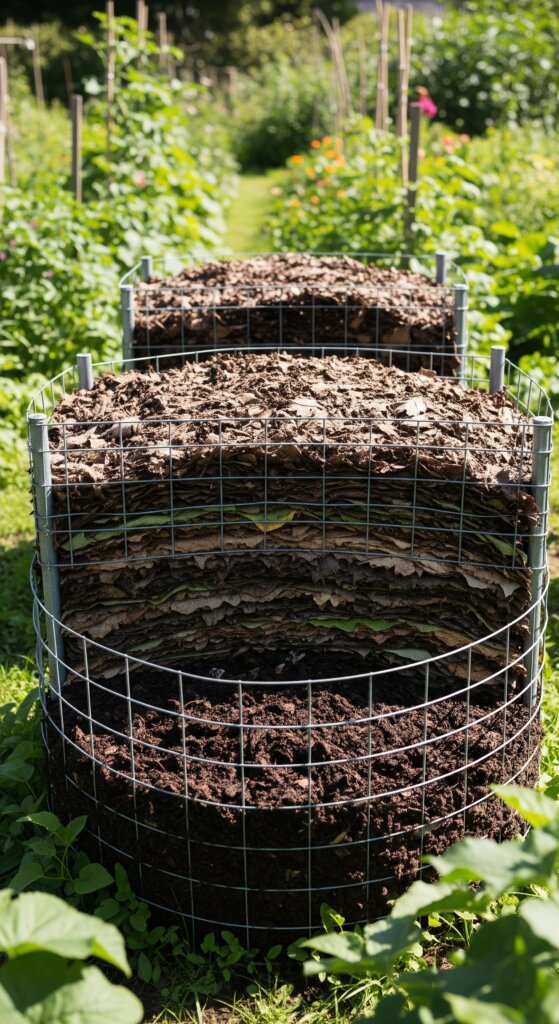
Building Your DIY Leaf Mold System: Step-by-Step Construction
Making leaf mold is super easy—and cheap. You don’t need fancy gear, just some space, airflow, and patience.
Pick the method that fits your yard (or balcony) best. Here’s how to set it up like a pro.
Container method
Want more control? Go with a bin. It keeps the leaves in one place and lets air do its thing.
Option A: Wire mesh bin
- Grab some chicken wire or hardware cloth.
- Make a circle about 3–4 feet wide and tall.
- Use zip ties or clips to lock it in.
- Done.
This setup lets air move through and helps leaves break down faster.
Option B: Pallet box
- Get four wooden pallets.
- Stand them up in a square.
- Tie them together with wire or brackets.
- Add mesh to the bottom so leaves don’t fall out.
Boom—you’ve got a sturdy, breathable box that can hold a mountain of leaves.
Option C: Trash can hack
Only got a bin? No problem.
- Drill holes in the sides and bottom.
- Toss in leaves.
Now it’s a leaf mold machine.
Bag method
No tools? No yard? No problem.
Get heavy-duty trash bags or compost bags. Fill them with dry leaves, but don’t pack ’em tight. Leave some breathing room.
Use a garden fork, knife, or even a pencil to poke holes all over—every 6–8 inches.
Store the bags in a shady spot and check them now and then. If the leaves feel dry, spray a little water inside. If they’re soggy, poke more holes.
It’s low effort, like the Crockpot of composting.
Pile method
Got space? Skip the bin. Just pile the leaves.
Pick a shady corner of your yard, away from walkways.
Stack leaves into a heap about 4–6 feet wide and 3–4 feet tall. That size helps the pile stay damp and break down right.
No walls, no stress. Just let it rot.
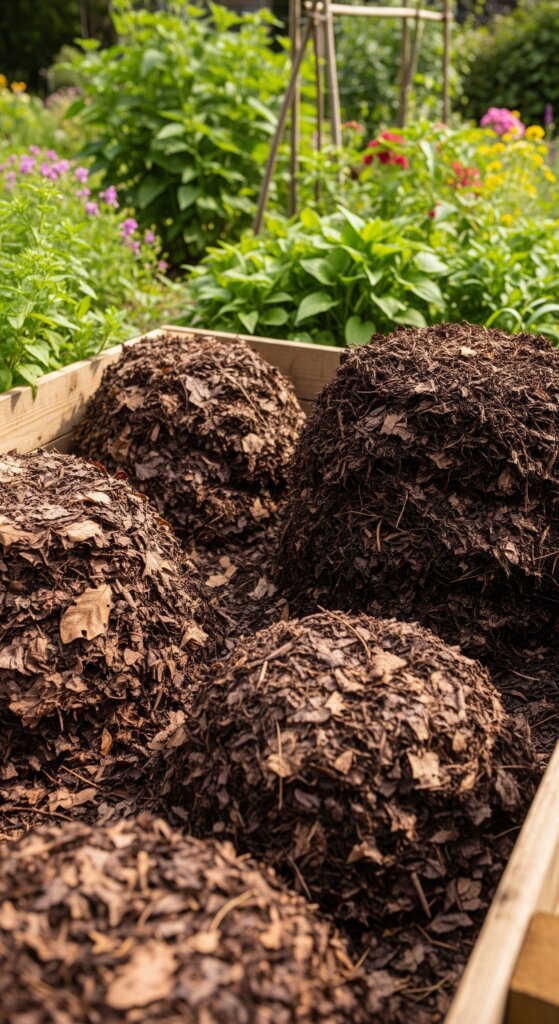
Selecting and Preparing Leaves for Optimal Decomposition
Not all leaves are good for making leaf mold.
Some break down fast and give you top-tier soil conditioner.
Others? Not so much.
Let’s break down how to pick the right leaves, prep them like a pro, and keep the process moving.
Best leaves for leaf mold
Go for deciduous trees—the ones that drop leaves in fall.
Top picks:
- Maple
- Birch
- Beech
- Ash
These leaves break down fast and make solid leaf mold.
Oak works too—it’s slow but gives rich results.
Skip these:
- Black walnut
- Eucalyptus
- Camphor
They’ve got natural chemicals that mess with plant growth. Also avoid any leaves that are moldy, sick-looking, or sprayed with stuff—no one wants toxic compost.
Leaf preparation techniques
Shredding speeds things up—big time. More surface area = faster rot.
Easy method:
Toss dry leaves on your lawn and run over them with a mower. You’ll shred them and mix in grass clippings, which add a tiny nitrogen boost.
Got more leaves?
Use a leaf shredder. Or, fill a garbage can with leaves and use a string trimmer to chop them like a giant smoothie.
Too lazy? Fine. Leave them whole. Just know it’ll take longer—think “Lord of the Rings extended cut” long.
Moisture management
Moisture makes or breaks your leaf mold game. Aim for “wrung-out sponge” status.
If leaves feel crispy and dry, grab a hose.
If they’re swampy and stink? You’ve gone too far—cover the pile with a tarp and let it breathe.
Pro tip:
Check the pile now and then—especially if it hasn’t rained or it’s been storming nonstop.
Too dry slows everything down. Too wet turns it into a compost horror movie.
Managing Your Leaf Mold System Throughout the Seasons
Making great leaf mold doesn’t need daily check-ins, but it does need smart moves through the seasons.
Here’s how to keep things rolling from fall to summer without turning your setup into a mess.
Fall setup
Fall is go-time. As leaves hit the ground, start collecting. Stick to healthy, chemical-free leaves.
No weird spots or spray-treated ones.
What to do:
- Layer leaves in your bin or pile.
- After each layer, spray a little water. Think “light mist,” not “waterfall.”
- If you’re using a container system, don’t wait—start loading as leaves fall. Early layers will break down while you keep adding more.
Winter Maintenance
You don’t need to do much in winter. Just peek in once a month to check moisture.
What to do:
- If the pile feels bone dry, add a bit of water.
- Snow usually handles moisture, unless your system is covered—then give it a splash if needed.
- Don’t stir the pile. Leave it alone. Cold air slows microbes, and turning it can make things worse.
Spring and summer care
As temps rise, microbes wake up and start breaking stuff down fast.
What to do:
- For bins, grab a pitchfork and give the pile a light mix.
- Using bags? Squeeze them like you’re fluffing a pillow. It keeps air moving and redistributes moisture.
- Make sure the leaves still feel damp—not dry, not soggy.
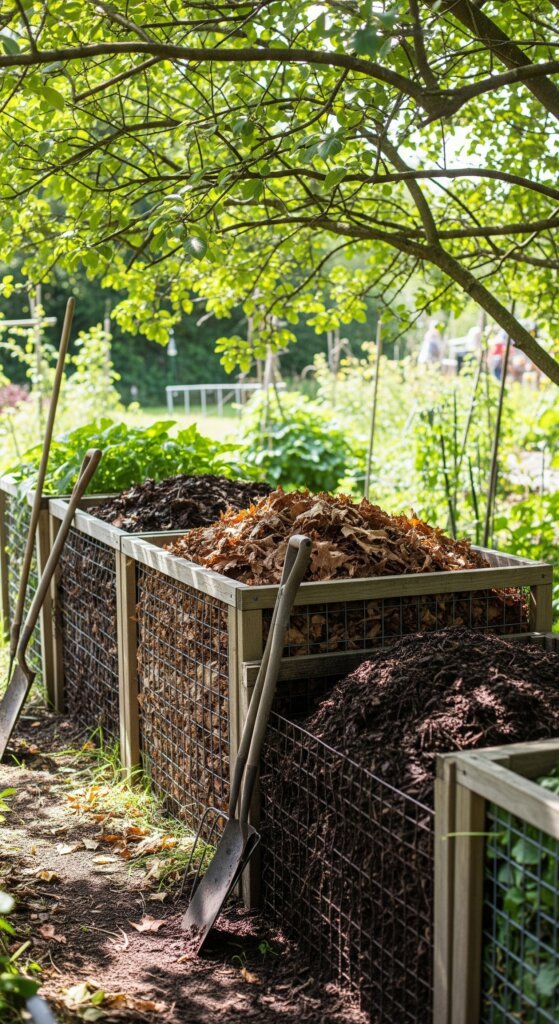
Troubleshooting Common Issues
Even if your leaf mold setup looks solid, stuff can still go wrong.
Don’t stress—most problems are easy to fix if you catch them early.
Here’s how to spot common issues and keep your system on track.
Slow decomposition
If 12–18 months pass and your leaf mold still looks like… leaves, something’s off.
Main causes:
- Too dry
- No airflow
- Tough leaves that break down slow (like oak)
Quick fixes:
- Add water. Leaves should feel like a wrung-out sponge.
- Turn the pile or toss in some small twigs to let air move through.
- Shred the leaves next time to speed things up.
- Add a scoop of garden soil to kickstart microbial action—like giving it a probiotic shot.
Unpleasant Odors
If your leaf mold smells like a swamp or trash can, that’s a red flag.
It means it’s gone anaerobic—aka, no oxygen.
Main causes:
- Too much water
- Not enough air
Quick fixes:
- Turn the pile to bring in air.
- If it’s soaked, let it dry out a bit.
- Using bags? Poke more holes. Airflow = no stink.
Pest problems
Rodents and bugs don’t usually crash your leaf mold party, but it happens.
Why it happens:
- Pile is too cozy
- You accidentally added food scraps
- It’s in the wrong spot
Quick fixes:
- Don’t add anything but leaves. No snacks allowed.
- Keep it damp, not dry—dry piles invite critters.
- Move it away from buildings or tight corners.
- If pests stick around, switch to a bin with a lid or use mesh to block them out.
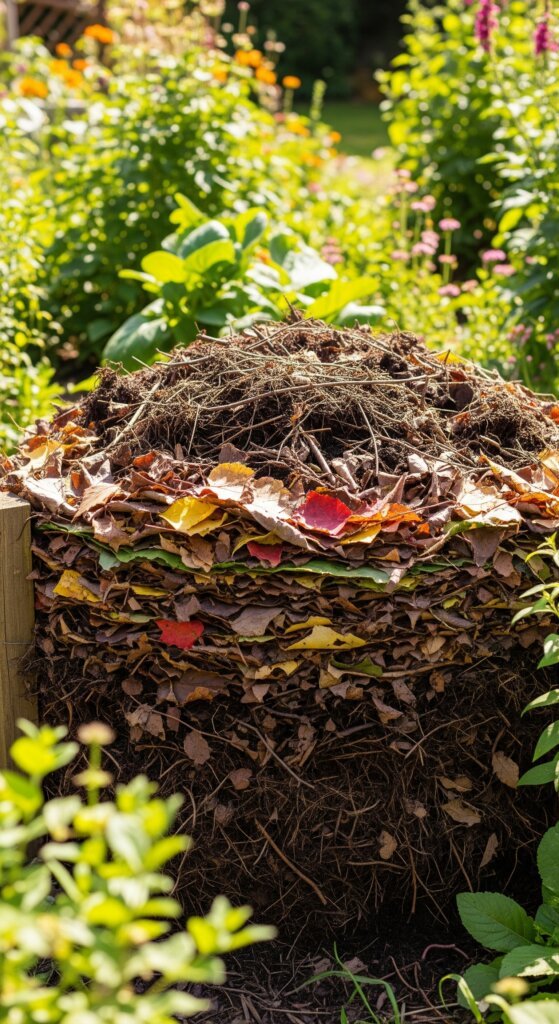
- Read also: Steps for Beginners: Create Your Own DIY Compost Bucket
- Read also: How to Make Compost Tea: The Complete Guide for Your Garden
Conclusion: Transforming Waste into Garden Wealth
Making leaf mold is one of the easiest, most rewarding things you can do for your garden.
You collect fallen leaves, pile them up, keep them damp—and let nature do the rest.
In 1–2 years, you’ll get rich, crumbly leaf mold that boosts soil health, holds water, and makes your plants thrive.
It costs almost nothing, cuts down yard waste, and feels like magic.
Whether you go with a bin, bag, or just a pile, the rules stay the same: good leaves, right moisture, and patience.
Your garden wins—and so does the planet.
